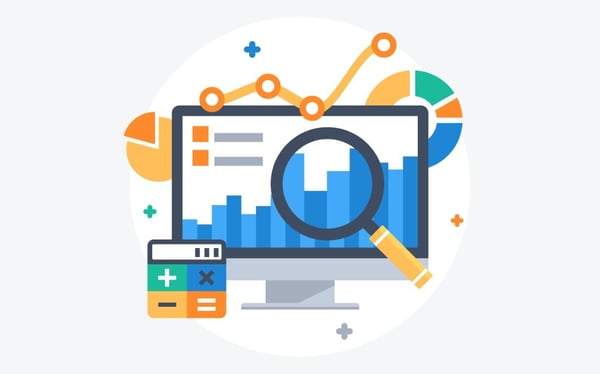News Alert: New ePCR Integration Simplifies EMS Data Management and Enables Better Care Coordination
How to Use ePCR Data to Build Relationships with Hospital Partners
EMS is driven to respond to patients in need regardless of where they are in your community
Was this information valuable?

EMS is driven to respond to patients in need regardless of where they are in your community. One of the big challenges is dealing with complications in creating transparency with our six hospital partners. Montgomery County is large and has multiple trauma, STEMI, and stroke hospitals. There is a lot of vested interest from our county hospitals to make sure patients get to the right place for care.
Why Build Bridges with Area Hospitals in the First Place
Providing transparency to our hospital partners has historically been a huge challenge for us. We understand that all EMS is local and that each town, county and city around the U.S. is different. Montgomery County has many hospitals with multiple advanced specialties making it a competitive market. In the past, it wasn’t uncommon for us to receive two to three angry calls per week from our hospital partners who felt like they were getting fewer stroke calls than a neighboring hospital that was also a designated stoke center. With six major hospitals in our area, they all thought they were getting the shaft and that MCHD was taking their patients to other hospitals.
Even though this was not reality, our staff frequently had to spend its time calling back each hospital to let them know which patients were taken where, when and why. As you can imagine, this took up a lot of our staff time and put undue stress on our relationships. It wasn’t uncommon for a hospital to say to us, “you take more STEMI patients to X than us.” We see more of this on the trauma end because those are public record (like publicized accidents or gunshot wounds). We were having to meet with our hospital partners on a pretty regular basis just to manage this problem, which began to effect our day jobs.
The Power of RescueNet ePCR
The "a-ha" moment for Montgomery County Hospital District (MCHD), came when we discovered that our ePCR from ZOLL came pre-loaded with wonderful transportation and clinical dashboards that we could share with our facilities. We started off with asking each hospital what they really wanted to see. They wanted to see what the volumes were to each hospital and what types of calls they were getting. We started off sharing our trauma, STEMI, and stroke dashboards with each of our facilities to anybody that wanted them. Dashboards included:
- Total volume by hospital.
- Volumes in a heat map by zip code, which shows how many calls came from each zip code and what hospital they went to.
- Trending graph by facility to show how volumes have changed over the past few months.
With this tool, hospitals can track their own numbers as well as other facilities. Once our facilities started to look at the data that we were sharing, they realized we were being truthful about why certain patients were going to specific hospitals. Whether it was location, time of day, or specialty, what we were doing started to make sense to them and we started to build trust with them.
RescueNet ePCR to collect what we want for our own clinical surveillance, research, and improvement not only helps us be the best we can be, but also improves our external relationships by sharing critical information with our external partners.
Apart from sharing trauma, stroke, and STEMI transports, it also became important to share the overall volume of transports with each partner. In most cases, geography drives where patients go for care. For example, the way our county is built we have strong north south connections as shown by the map below. In our case, getting patients from the east to the west is challenging. This geography drives which patients go where. It shows each hospital partner what patients they are getting so they can see that we are not bypassing them for another facility.
For us, having the ability to share clinical and transport dashboards with our hospital partners means that we have better relationships and more time for spending on improving our service. Our patient care documentation system is much more than a data collection and compliance system. Our ability through RescueNet ePCR to collect what we want for our own clinical surveillance, research, and improvement not only helps us be the best we can be, but also improves our external relationships by sharing critical information with our external partners.
Related Posts
How STAT MedEvac Connected Device, Software, and Data Technology To Enhance QA and Elevate Care
Podcast: 4 Ways ePCR Software Can Relieve EMS’ Biggest Headaches
ZOLL Pulse Blog
Subscribe to our blog and receive quality content that makes your job as an EMS & fire, hospital, or AR professional easier.
ZOLL Pulse Blog
Subscribe to our blog and receive quality content that makes your job as an EMS, fire, hospital, or AR professional easier.




